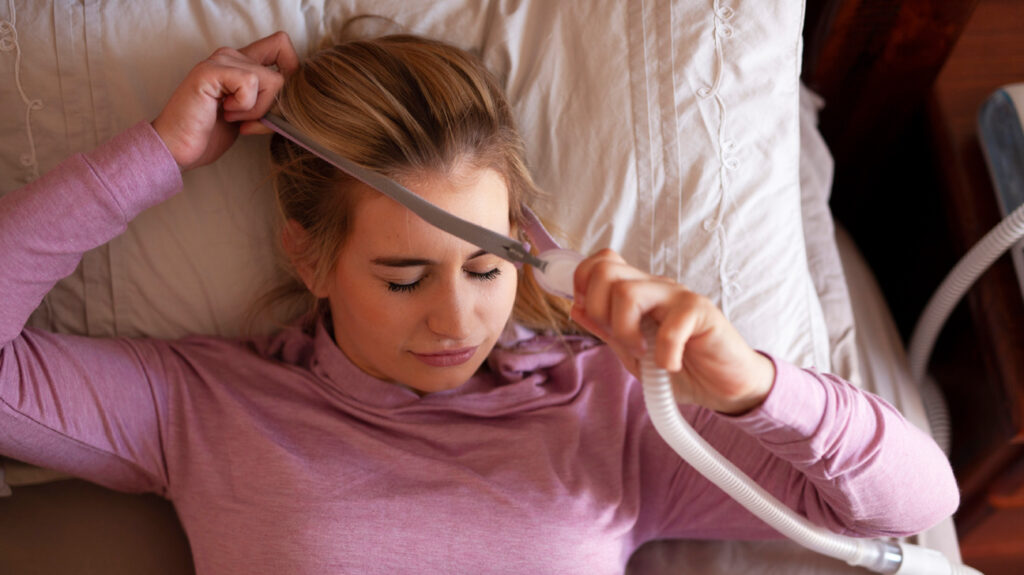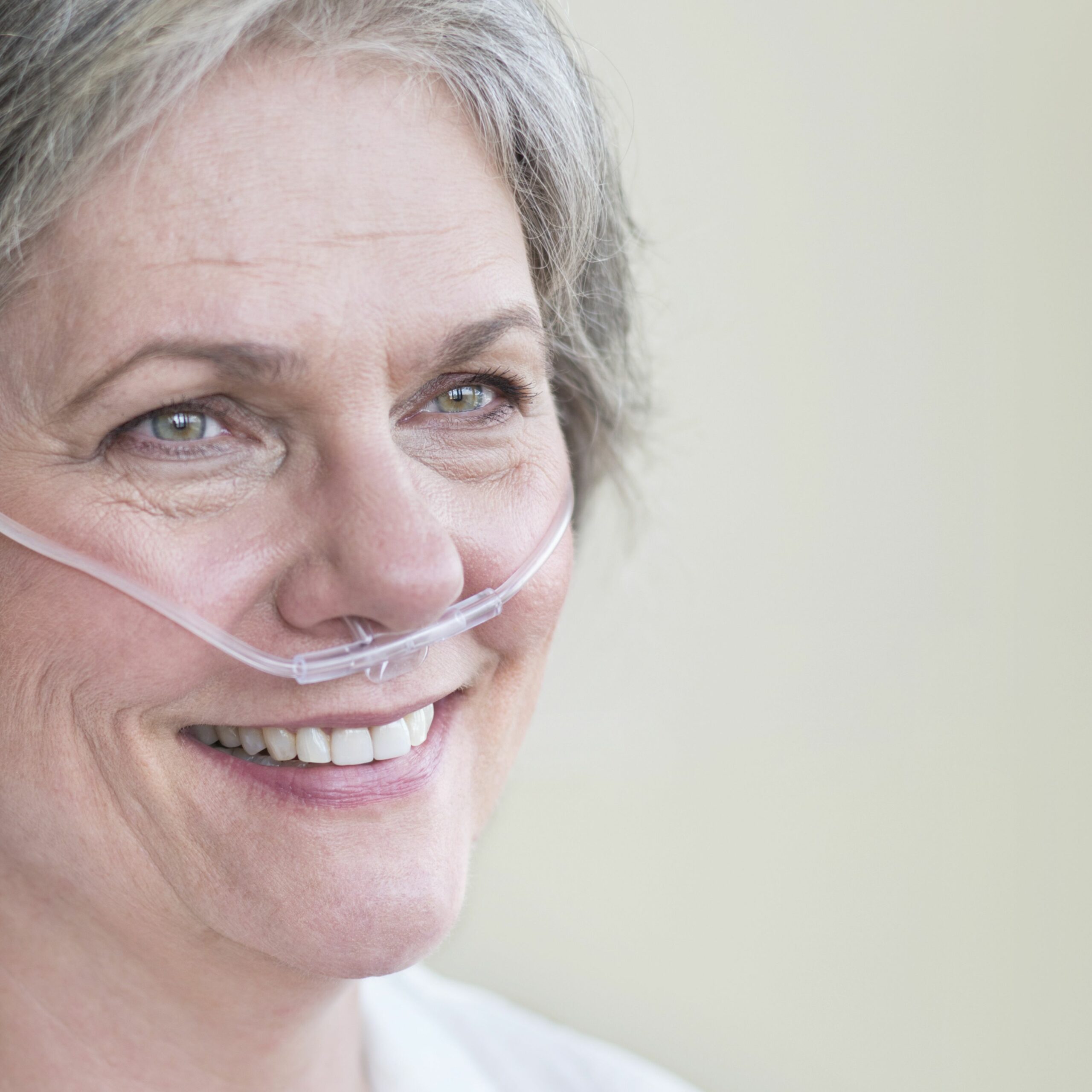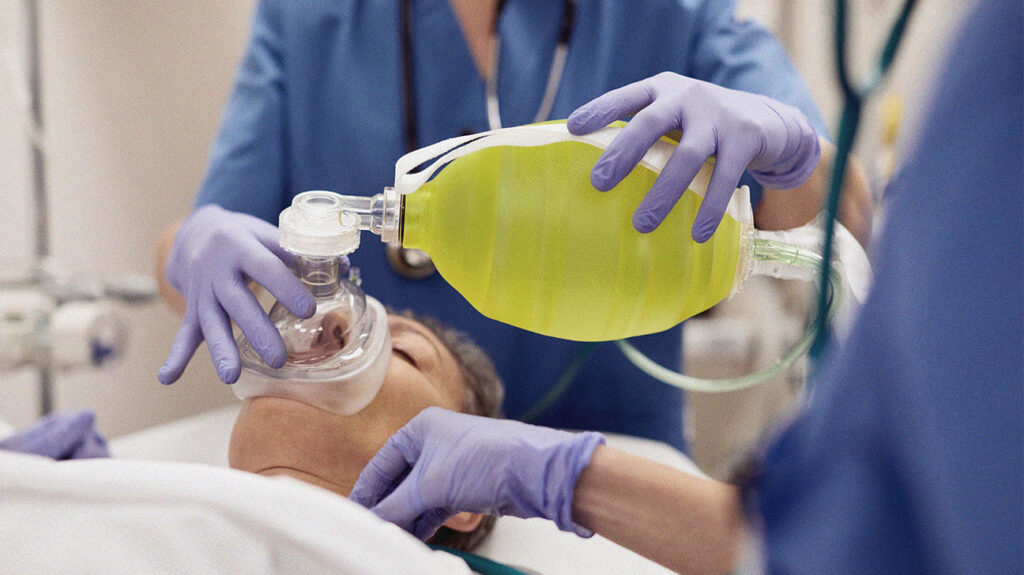BiPAP stands for bi-level positive airway pressure. It is a form of non-invasive ventilation (NIV) therapy used to facilitate breathing. It is one type of PAP, or positive airway pressure machine, that is used to maintain a consistent breathing pattern at night or during symptom flare-ups in people with COPD.

The BiPAP machine pressurizes the air to a higher level than the air in the room, and so it helps a person to take in oxygen and exhale carbon dioxide. This helps them to breathe more easily, either while sleeping or when experiencing a flare-up of symptoms.
BiPAP and CPAP are two often-used non-invasive ventilation (NIV) therapies.
Both BiPAP and CPAP involve the person breathing pressurized air through a mask attached to a small machine. People using CPAP or BiPAP at night may experience longer and higher-quality sleep.
This article will help you purchase the best BiPAP machine in India. We have listed what the machine does, difference between BiPAP vs CPAP, Pros & Cons, FAQ’s.
What’s the BiPAP machine used for ?
BiPAP machines can be used at home to treat medical conditions that make it difficult to breathe. Some conditions that it may be helpful for include:
- chronic obstructive pulmonary disorder (COPD)
- obesity hypoventilation syndrome (OHS)
- obstructive sleep apnea
- central sleep apnea
- amyotrophic lateral sclerosis (ALS)
BiPAP machines are used in hospitals to treat breathing emergencies. Because they’re non-invasive, they’re often a preferable treatment to intubation.
Doctors tend to use them in cases that aren’t severe enough to require intubation.
How does a BiPAP machine Work?
BiPAP delivers two different pressures:
- One for inhalation (called inspiratory positive airway pressure, or IPAP) and
- Another (lower) pressure for exhalation (called expiratory positive airway pressure, or EPAP).
Bilevel therapy also offers the benefit of additional modes of function:
- Firstly it can be set to match a person’s breaths-per-minute rate through the Timed function
- Secondly the machine can be set to “sense” any significant shift in the user’s breathing using the Spontaneous function, providing compensation by adjusting pressures so the person can maintain a steady airflow
- Thirdly it can be set to incorporate both the Timed and Spontaneous functions
Some people do not tolerate CPAP well; either they find they cannot adjust to the pressure (which can be high), or they don’t mind the incoming pressure, but struggle to exhale against it.
For these people, BiPAP’s specialized modes help synchronize the breathing patterns of users more easily, and offer the option of a lighter EPAP pressure to make it easier to exhale.
BiPAP ventilation is also the therapy of choice for people who suffer with specific kinds of pulmonary disorders (in example: chronic obstructive pulmonary disorder, or COPD) or cardiovascular problems (such as congestive heart failure, or CHF).
CPAP machine vs BiPAP machine : Know the difference
CPAP machines are another kind of small, pressurized breathing device. BiPAP machine is normally the preferred option for people with COPD.
The main difference is that, while CPAP helps a person inhale by using one kind of pressure, BiPAP helps a person both inhale and exhale by using two different pressures. This means that exhaling is easier with BiPAP machines.
CPAP works by holding the airways open through continuous pressure, whether the individual is breathing in or out. This pressure stops the upper airways from collapsing, which makes breathing easier and helps to prevent oxygen levels from falling while the person is asleep.
Both BiPAP and CPAP machines can also be used to treat heart failure, which is a possible complication of COPD. This therapy lowers the amount of blood that is returned to the heart, meaning that it is under less strain.
Pros and Cons of BiPAP machine:
Pros
- Helps make PAP therapy tolerable for some, improving compliance
- More sophisticated settings can be customized to user’s specific needs
- Effective for users with moderate to severe obstructive sleep apnea
Cons
- More expensive than CPAP
- Users cannot start on BiPAP, typically, until they “fail” CPAP
- May lead to CSA in people originally diagnosed with OSA
Read more: The 10 Best BiPAP Machines Review
FREQUENTLY ASKED QUESTIONS
Q1. What is the difference between BiPAP and a ventilator?
Bilevel positive airway pressure (BiPAP) is a type of ventilator that is used to treat sleep apnea and other conditions in which a person is still able to breathe on their own but assistance is needed. BiPAP is referred to as a positive pressure ventilator. This is because a person using a BiPAP machine will receive positive air pressure when they breathe in and out, but the air pressure is higher when they breathe in.
Q2. What is ALS?
Amyotrophic lateral sclerosis (ALS) is a disease that attacks the motor neurons that control our muscles. Over time, ALS causes muscles to weaken, and can eventually cause a person to be unable to move their arms, legs, mouth, or entire body. This can affect their ability to breathe, which means a ventilator such as a BiPAP machine may be needed to help with breathing.
Q3. What is difference between BiPAP and CPAP?
BiPAP refers to Bilevel or two-level Positive Airway Pressure. Like CPAP, this sleep apnea treatment works by sending air through a tube into a mask that fits over the nose. While CPAP generally delivers a single pressure, BiPAP delivers two: an inhale pressure and an exhale pressure.
Q4. Who needs a BiPAP machine?
BiPAP machines are often prescribed to sleep apnea patients with high-pressure settings or low oxygen levels. BiPAPs are often used after CPAP has failed to adequately treat certain patients. BiPAPs can be helpful for patients with cardiopulmonary disorders such as congestive heart failure.
The Bottom Line
A BPAP machine is a type of ventilator used to treat chronic conditions that affect your breathing.
It’s similar to a CPAP machine, but unlike a CPAP, which delivers a continuous level of air pressure, a BPAP delivers two levels of air pressure.
BPAP machines are typically recommended for people who have certain types of sleep apnea, as well as COPD, obesity-hypoventilation syndrome, and neurological conditions that affect breathing, like ALS.



💯